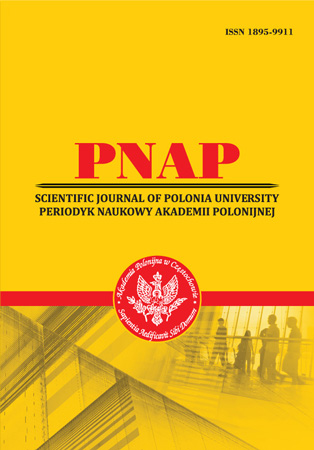COMPARATIVE CHARACTERISTICS OF ENGLISH AND UKRAINIAN PAREMIAS RELATED TO CONCEPTS OF BEING IN THE ANTHROPOCENTRIC PARADIGM
Abstract
The article raises the issue of comparative analysis of the English and Ukrainian paremiological systems. Approaches to defining the terms linguistic anthropocentrism, paremiology, linguistic and cultural aspect of paremiology, paremia, proverb are analyzed. The mental features of the two ethnic groups’ views on the fundamental values are considered. The practical goal is to conduct a comparative analysis of English and Ukrainian paremies in the prism of the anthropocentric paradigm, taking into account the linguistic and cultural aspect. In this work, a layer of paremies conveying the fundamental concepts of existence, namely the concepts of life and death, was analyzed in the amount of 70 EPs and 70 UPs, and attention was focused on the study of the national discourses specific features, taking into account the different cultural and linguistic specificities of the two languages. The following methods were used in the research process: the method of continuous sampling of paremias; the method of linguistic description and observation to systematize the material; the comparative method with classification of materials; analysis of dictionary definitions; the method of contextual analysis of lexical units. In the course of this work, the ratio of linguistic and extralinguistic meanings of paremies was analyzed, from which it follows that the worldview of two ethnic groups, their stereotypes and priorities can be clearly traced on the basis of the concepts of being. During the comparative analysis of the mentioned paremias, a number of thorough conclusions were made regarding their semantic, grammatical and stylistic characteristics.
References
2. Chilukuri, B. The proverb and its 44 definitions (part I): A ka:rmik linguistics review with a checklist. (n.d.). (pp.1-29). Retrieved from https://The_Proverb_and_Its_44_Definitions_Part.pdf
3. Gevorgyan, K. On the Cultural Peculiarities of Proverbs and Their Classification. Armenian Folia Anglistika Culture Studies. (n.d.). (pp.214-219). Retrieved from https://On_the_Cultural_Peculiarities_of_Proverb.pdf
4. Honeck, R. & Welge, J. (1997). Creation of proverbial wisdom in the laboratory. Journal of Psycholinguistic Research, 26, 605-629. Retrieved from https://www.proquest.com/docview/1300144136
5. Karpova, I.D. (2013). Nehatyvna otsinka liudyny v konteksti antropotsentrychnoi frazeolohii [Negative assessment of a person in the context of anthropocentric phraseology]. Fylolohychni nauky- Philological sciences. (pp. 23-26). Retrieved from http://dspace.nbuv.gov.ua/xmlui/handle/123456789/92574 [in Ukrainian]
6. Kocherhan, M.P. Linhvistychni pohliady Vilhelma fon Humboldta [Linguistic views of Wilhelm von Humboldt]. Zahal. movozn. Liter. misto. Onl. bibl. Ukr. lit. – General ling. Lit. city. Onl. libr. Ukr. lit. (n.d.). Retrieved from http://litmisto.org.ua/?p=15021 [in Ukrainian]
7. Mieder, W. Origin of Proverbs (n.d.). (pp. 28-48). Retrieved from https://10.2478_9783110410167.2.pdf
8. Mieder, W. (2004) Proverbs. A handbook. Westport, Connecticut: Greenwood Press 9. Selivanova, O. O. (2006). Suchasna linhvistyka: terminolohichna entsyklopediia [Modern linguistics: a terminological encyclopedia]. Poltava: Dovkillia. [in Ukrainian]
10. Vojtěch, A. (2018). Semantics of English proverbs containing the word Death. Retrieved from https://Semantics_of_English_proverbs_containing.pdf
11. Wierzbicka, A. (1992). Semantics, Culture and Cognition. Human Concepts in Culture-Specific Configurations. Oxford: Oxford University Press
12. Zhaivoronok, V.V. (2007). Ukrainska etnolinhvistyka: narysy [Ukrainian ethnolinguistics: essays]. Kyiv: Dovira. [in Ukrainian]
Abstract views: 223 PDF Downloads: 163







